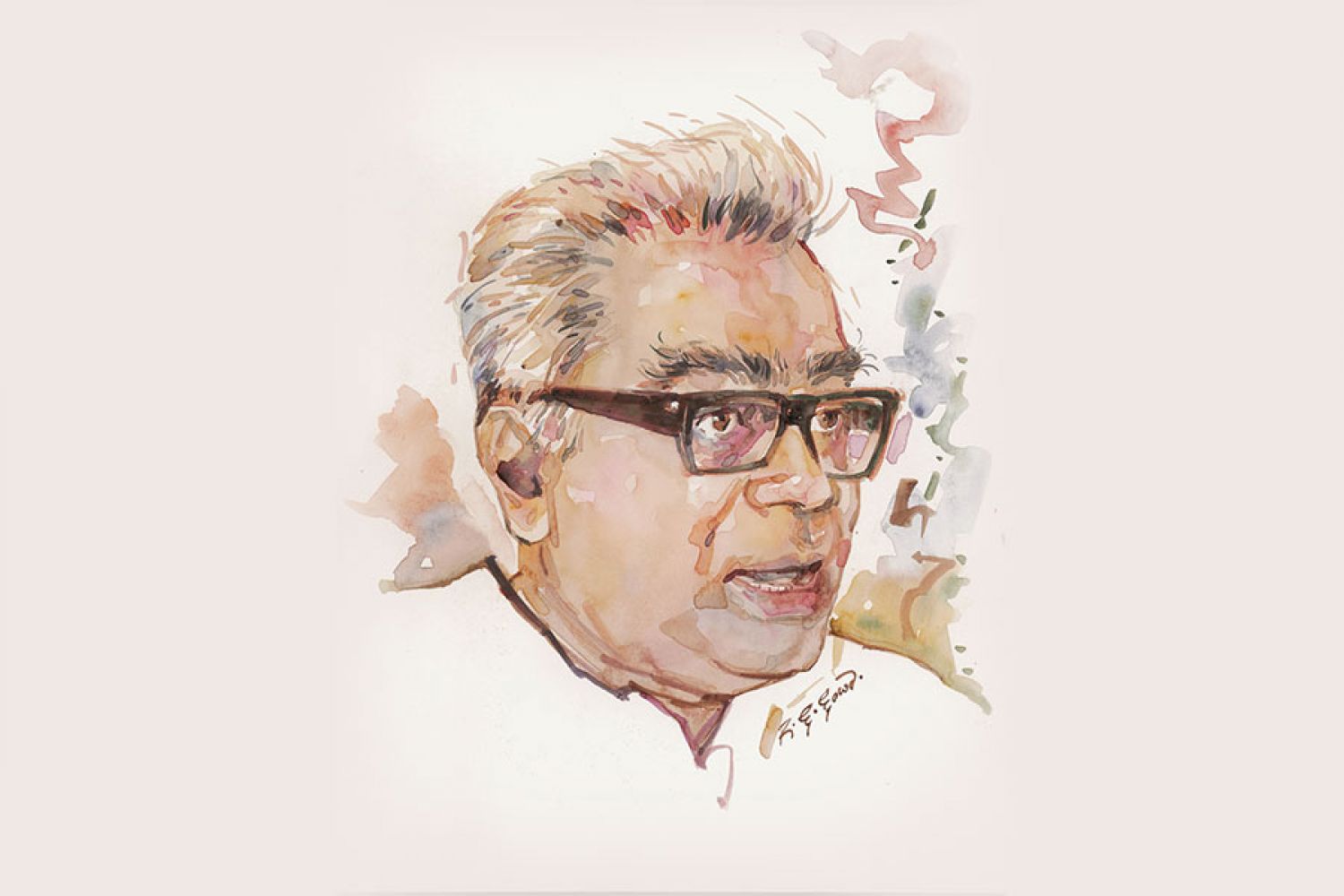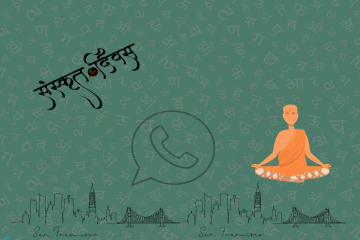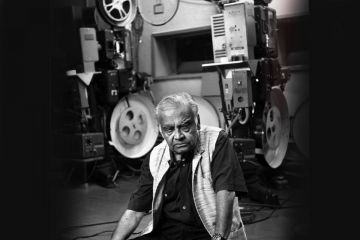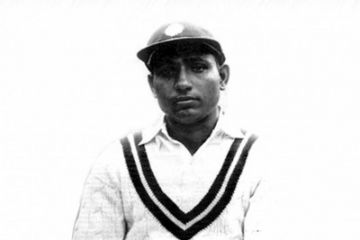
You must always
remember that anyone who goes like a swine or a rhino straight will never come
to harm. He may die. But he will not lose. I go through life like a rhino or a
swine, as far as politics are concerned. —Rammanohar Lohia to Roma Mitra, September 14, 1957Seven years ago, on
Lohia’s birth centenary, academic-activist Yogendra Yadav asked, “What is
living and what is dead in Ram Manohar Lohia?”, as he assessed his ideas,
excavated their philosophical foundations and re





